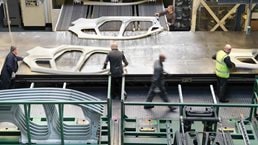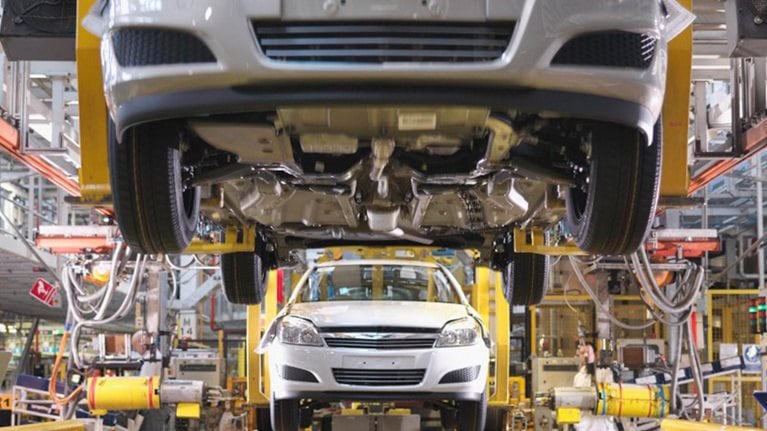The years 2013 and 2014 were banner ones for private-equity investment in the automotive sector—two of the most active since 2002 (Exhibit 1). Deal flow looks set to remain strong in coming years, driven by a wave of potential secondary sales as firms look to exit the investments they made in the 2006–08 investment boom.

However, we believe that the sector will require a more discerning eye in the future. Over the past five years, the recovery of new-car sales from the depths of the 2008–09 crisis created a natural tailwind that supported a number of investment theses in the sector. With vehicle sales now fully recovered, that tailwind seems to be fading. As a result, investors will need to look closer and analyze targets for their exposure to subtle dynamics that will generate pockets of outsize returns in the next five years. Here we examine several dynamics affecting the world’s largest aftermarket, the United States, and the world’s fastest-growing large aftermarket, China.
US aftermarket: The echo effect and changes in distribution
Because of the 2008–09 dip in new-car sales and subsequent recovery, the number of 8- to 11-year-old vehicles in the US auto fleet will grow substantially between 2017 and 2020. Parts age at different rates, and the parts that the autos of this age group are more likely to need will see outsize growth versus the market. Starters and ignition wires, for example, are much more likely to need replacement in a decade-old car than in a slightly newer one (Exhibit 2).

Shifts in the distribution system are also important in the US aftermarket. Consider three examples. First, customers’ channel preferences are shifting. From 2002 to 2014, the Automotive Aftermarket Industry Association estimates that the total US aftermarket grew 2.8 percent annually, but during that time, aftermarket sales through warehouse clubs and superstores grew 9.9 percent, and online sales grew 7.6 percent annually.
Second, the rise of digital is radically reshaping the consumer decision journey and giving rise to new players. Customers are using online resources to become radically better informed before making decisions at brick-and-mortar retail points. Players such as Autotrader and Kelley Blue Book not only capture value through their services but also influence the distribution of value across the industry by using their platform to influence consumers in all channels.
Finally, channels are consolidating or changing their focus, with implications for suppliers. As one example, the National Automotive Parts Association and Motion Industries are consolidating US aftermarket distribution, creating opportunities for suppliers that enjoy good relationships with those consolidators to “ride along” and capture share through their roll-up. Perhaps more dramatic is the consolidation and shift in the dealer channel. Over the past ten years, the number of US dealers has fallen by 20 percent, and profits have shifted substantially from new-vehicle sales to aftermarket parts and service. Suppliers that have the channel management required to navigate these shifts will be poised to capture share as the market evolves.

Would you like to learn more about our Automotive & Assembly Practice?
China’s aftermarket: Chains up, mom-and-pops down
By contrast, the Chinese aftermarket requires no timing. Rapidly growing vehicle production and rising per-vehicle spending as GDP grows make the Chinese aftermarket the industry’s best opportunity for growth, at about 20 percent annually (Exhibit 3). At that rate, China’s aftermarket could be worth more than $100 billion in 2020. But catching this wave requires an understanding of two shifts in channel structure. First, we expect that independent aftermarket players will capture share versus OEM-affiliated players (independents could have 45 percent share in 2020 versus 40 percent in 2014). Second, within the independent segment, chain stores will likely expand their share substantially in the next ten years (at the expense of mom-and-pop aftermarket stores). By 2020, chain stores will likely have 70 percent of the independent channel, up from 55 percent in 2014. Investors should look for suppliers with a strong position in independent chain stores, rather than those that depend on OEM stores or mom-and-pops.

All in all, automotive supply will continue to be an attractive hunting ground for investors looking for GDP-plus opportunities. But knowing the terrain—the new market dynamics that will make some segments grow faster than others—is essential to success.


